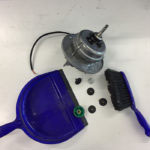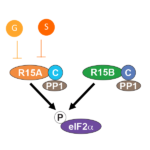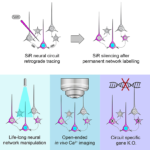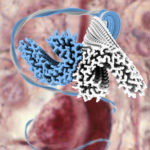
The cells in our body contain numerous molecular machines that carry out nearly all biological processes essential for life. These machines are built from proteins that are often assembled into complex structures. For example ribosomes contain 80 distinct proteins on a scaffold of four different RNAs. The assembly of such structures from so many parts is a complicated process and inevitably results in ‘leftover’ proteins.




